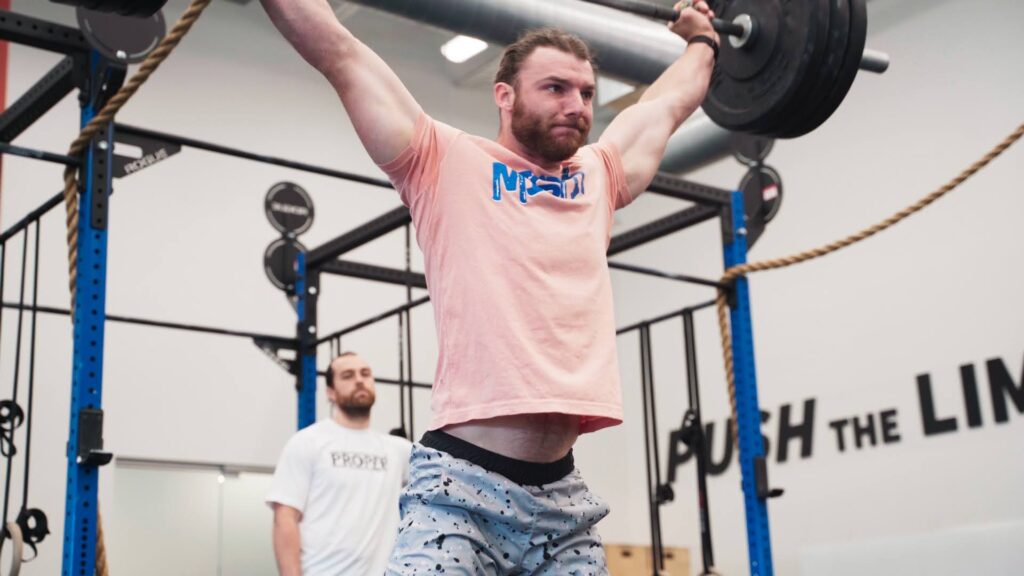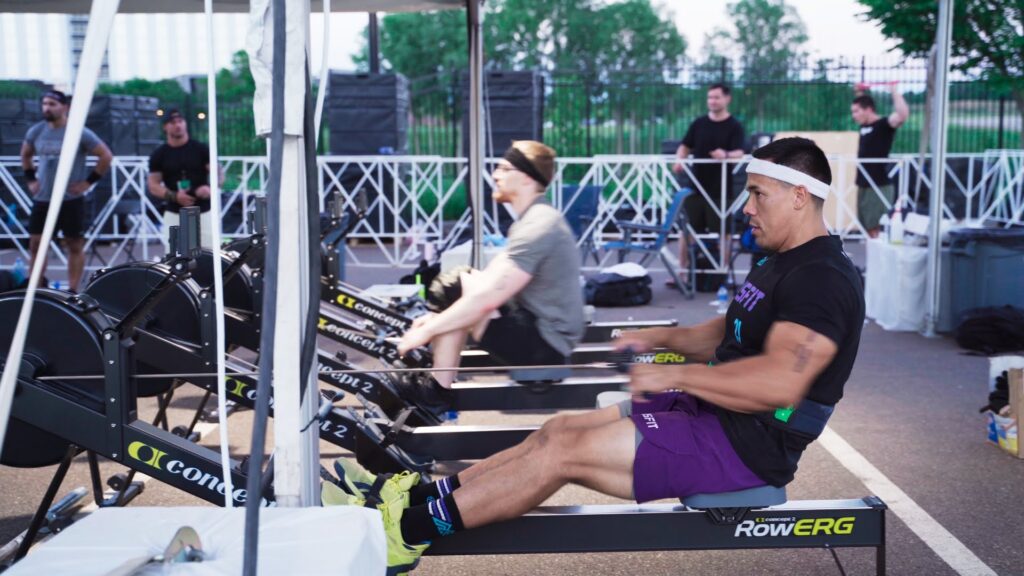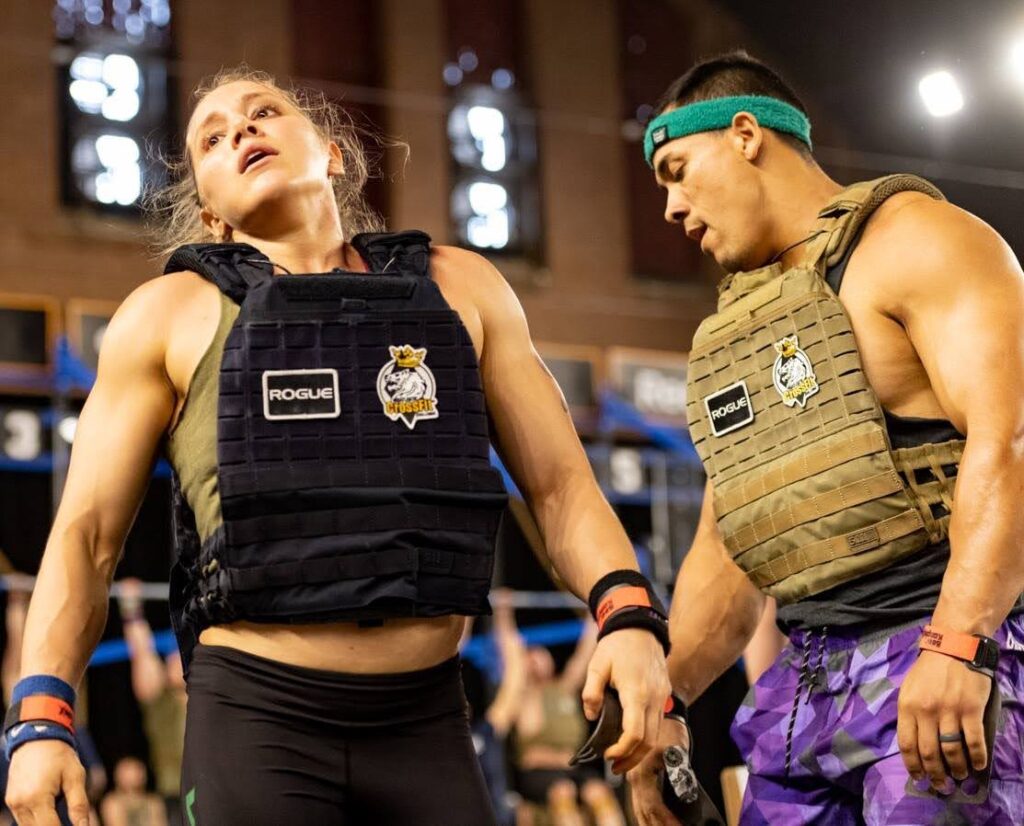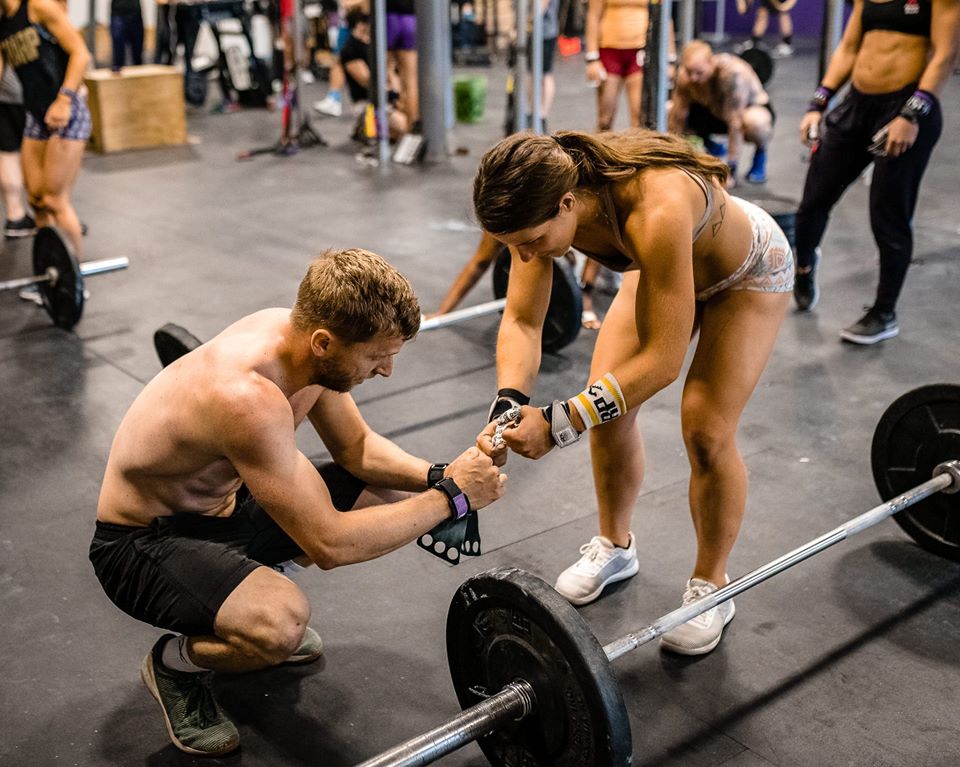The Anatomy of a Competition Primer Day

One of the most common questions we receive is: “what should my training day look like the day before a competition or Open workout?” Most of you know that we don’t want you to do nothing the day before your competition, but instead execute something we call a Primer Day. Over the last 10+ years of coaching high-level performers, we have found that athletes perform better at their competition if they check a few boxes off the day before. For argument’s sake, I will use a one-day competition like the Open, but these guidelines can be adapted for any length of competition. The critical feature is that your Primer day happens the day before day 1 of competition, with the goal of waking your body up and preparing it for what’s to come.
Part One: Morning Movement
The first thing you should do when you roll out of bed is something we call Morning Movement. Morning movement isn’t meant to be some daunting, soul-crushing session; it’s simply meant to elevate your heart rate, use major muscle groups, move through some functional ranges of motion as a means to “wake up” your body. This is an essential part of your primer day because by spiking your cortisol levels in the morning, you set yourself up to get a better night’s sleep that night. Morning movement does not necessitate equipment and is done from the comfort of your bedroom or living room, so don’t skip it. Here’s an example of a morning movement session:
20 Burpees
30 Air Squats
1:30 Plank
1:00 Squat Hold

Part Two: Sweat Check
Once you arrive at the gym, priority number one is breaking a sweat. I would recommend using one or multiple machines and moving for 10-15 minutes, where you increase your intensity every 3-5 minutes or so. You should start at a conversational pace and build into a pace that gets you sweaty and a little bit out of breath. Your body does not like to go from 0 to 100, so the sweat check prepares you for the intensity that the primer day requires. Following your sweat check should be some personal mobility and then a more traditional warm-up that prepares your body for the range of motion needed for training. Here are examples of a sweat check, mobility, and warm up session:
| Parts of Warm Up | Example #1 | Example #2 |
| Sweat Check | 5:00 Bike @ Heart Rate of (160 – Your Age) 5:00 Bike @ Heart of (170 – Your Age) 5:00 Bike @ Heart Rate of (180 – Your Age) | 5:00 Row @ Forever Pace 5:00 Row @ Sustain Pace 5:00 Row @ Faster than Sustain Pace |
| Mobility | Floss ankles/knees/hips | 2:00/side of Couch Stretch |
| Activation | 30 Band Pull Aparts (15 palms up, 15 palms down) 20 Glute Bridges20 Bird Dogs | 3:00 Banded Glute Walk 20 Hip Extensions Crossover Symmetry |
| Warm Up | Steady 6 Minute AMRAP 10/8 Calorie Row 12 Cossack Squats 10 Push Ups | Every 2 Minutes for 8 MInutes 4 Burpees to 12” Target 15’ Handstand Walk Row for distance @ Sustain pace in remaining time |
Part Three: OLY EMOM
After getting and greased up by the Sweat Check, it’s time to start moving a barbell. We recommend a 10-minute EMOM of either Power Snatch or Power Clean to Push Jerk as the lift of choice. We use Power Snatch or Power Clean to Push Jerk due to the speed of the movement and the range of motion required for either lift. When it comes to the execution of the lift, we offer a range of 10% so that athletes can find the right “groove” for the day. The 70-80% range is the sweet spot of loading because it allows you to prime your central nervous system with a submaximal load, allows you to move with speed, and should not result in any degradation in mechanics. An example of a primer lift is:
| Example #1 | Example #2 |
| Every Minute for 10 Minutes 1 Power Clean and Push Jerk at 70-80% (of your 1RM Power Clean to Push Jerk) | Every Minute for 10 Minutes 1 Power Snatch at 70-80% (of your 1RM Power Snatch) |

Part Four: Primer Metcon
Once you have successfully executed your OLY EMOM, it’s time to get very uncomfortable. When programming a successful Primer metcon, a few separate boxes need to be checked off. First is the approach. When doing your Primer MetCon, you need to be thinking, “Go! Go! Go!” because we are intentionally trying to spike your heart rate and arouse your nervous system to an uncomfortable level, but for a very short period of time. Second, you should select movements that allow you to move quickly. Our recommendation is typically a triplet consisting of one machine, one gymnastics, and one weightlifting movement. For example:
| Example #1 | Example #2 |
| AMRAP 5 Minutes 12/10 Calorie Row 10 Wallballs 20/14lbs 8 Pull Ups | 3 Rounds Run 200m 10 Squat Snatches 75/55lbs 10 Toes to Bar |
Third, you need to ensure the volume and duration do not allow for major muscular breakdown (i.e., make you sore). Ideally, you would like your primer to last between 3 and 8 minutes. One caveat here is being OK with calling an audible if you begin to slow down (turning a 3 round primer into a 2 round primer, or rounds for time into a shorter AMRAP, etc.).
Part Five: Flush
Ending your session directly after your metcon without a flush would be a poor choice. Up to this point, you’ve dramatically altered your body’s central nervous system, cardiovascular system, and muscular system, and stopping without a proper cool-down is a surefire way to create soreness and impact the effectiveness of this training day your performance tomorrow. Following your metcon should be a machine-based flush that lasts between 20-40 minutes. The pace should be conversational and consistent from start to finish. Think of this as “warming down” ahead of the last part of your primer day: mobility.
Part Six: Mobility
The final piece of the primer day puzzle is the mobility session at the end. This session has one primary objective: to ensure your body is ready for everything thrown at it the following day. For this final stage of prep, we recommend that you grab a very light dumbbell and work through all ranges of motions that may be thrown your way in the competition (squatting, hinging, pressing, pulling, etc.). Here’s an example of the DB Range of Motion Work that follows your Flush:
| Range of Motion Flush |
| 2 Slow Rounds, all w/ a 20-35lb DB: 10 Single DB RDL (5 per leg) 10 DB Goblet Squats 10 Single DB Bent Over Rows (5 per arm) 10 Single DB Strict Press (5 per arm) 10 Single DB Hang Snatches (5 per arm) |
After checking in with each of those motor patterns, some vinyasa yoga courtesy of our friends at ROMWOD will help you fully recommit back into your parasympathetic nervous system (the chill one) rather than being stuck in your sympathetic nervous system (it’s go time!). Your mobility session will vary in duration, but 20-30 minutes is typically a good rule of thumb.

Wrapping Up
While it may seem a little daunting, an effective Primer day is relatively straightforward and should be much less volume than your typical training day. Most of the intensity of this training day comes in the form of deliberate focus on the task at hand rather than the energy needed to do each part of the day. The ultimate goal is to ensure you perform your best on game day. Once your Primer Day box is “checked off”, your focus should immediately shift to other controllables. The controllables that will help prepare to crush your competition like sleep, hydration, fueling, and your mindset ahead of game day. The quality of your prep is often determined by how diligently you approach the details, and no detail is too small. These general guidelines are in place to give you the tools you need to write your own primer day, but as with anything, feel free to personalize and freestyle a bit when it comes to the nitty-gritty details. Have fun, good luck, and we’ll see you on the leaderboard!

Written by Matt Sherburne


